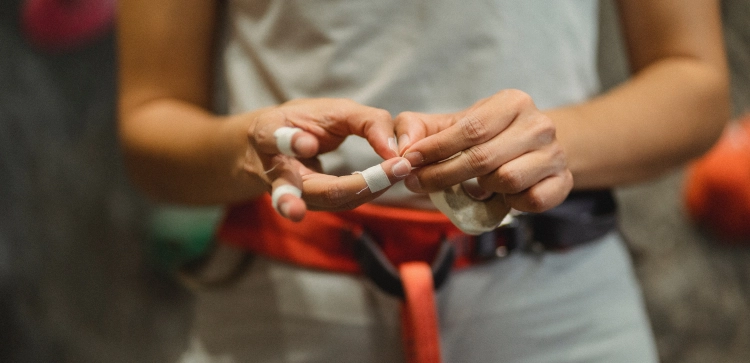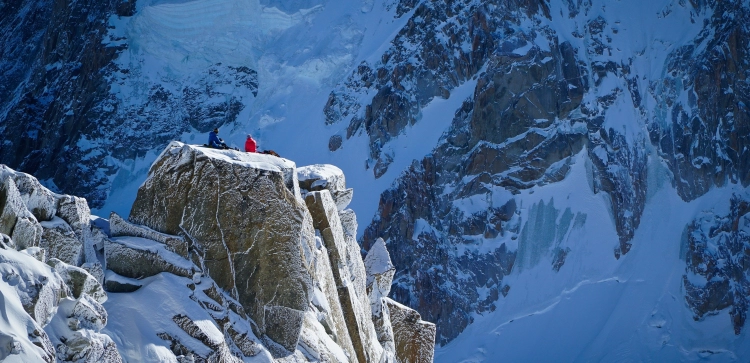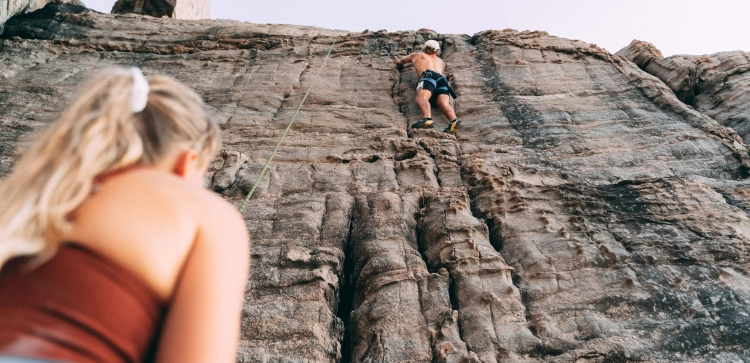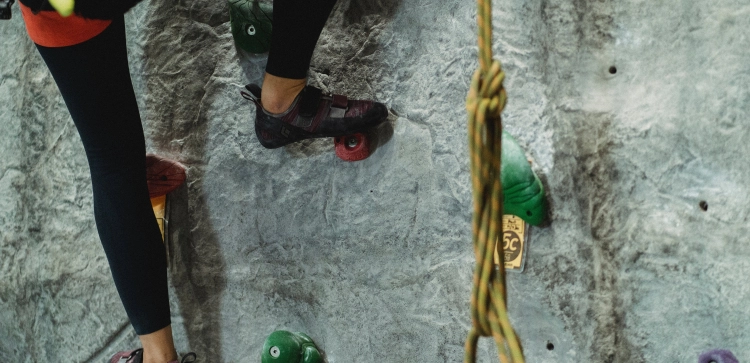Climbing In The Extremes: Navigating Safety Precautions In Areas With Temperature Fluctuations

Climbing is a pursuit that often takes adventurers to diverse and extreme environments, including regions with significant temperature fluctuations. Whether scaling desert rock faces or tackling alpine routes, understanding and implementing safety precautions in areas with varying temperatures are paramount. In this comprehensive guide, we'll explore the challenges posed by extreme temperature fluctuations and detail the safety measures climbers should take to ensure a secure and enjoyable climbing experience.
- The Dynamics Of Temperature Changes
- Effects On Climbing Equipment
- Impact On Climber Performance
- Safety Precautions For Extreme Temperature Climbing
- Adequate Hydration: Battling The Heat
- Proper Clothing: Adapting To Temperature Changes
- Sun Protection: Shielding Against UV Rays
- Time Management: Choosing Optimal Climbing Windows
- Equipment Maintenance: Regular Gear Checks
- Acclimatization: Gradual Adaptation To Conditions
- Emergency Preparedness: Ready For The Unforeseen
- Conclusion: Climbing Safely In The Extremes
- Community Questions · 0
The Dynamics of Temperature Changes
Climbing areas with extreme temperature fluctuations present unique challenges. From scorching heat during the day to freezing cold at night, these fluctuations can impact both the climber and the climbing equipment. Understanding the dynamics of temperature changes is the first step towards preparing for a safe climb.
Effects on Climbing Equipment
Temperature extremes can affect the integrity of climbing gear. Ropes, harnesses, and carabiners may become more brittle in freezing conditions, while extreme heat can compromise the strength of materials. Climbers must be aware of these potential changes and regularly inspect their gear to ensure it remains in optimal condition.
Impact on Climber Performance
Extreme temperatures can also impact the climber's physical performance. Excessive heat can lead to dehydration, heat exhaustion, and heatstroke, while cold conditions can result in hypothermia and reduced dexterity. Understanding how temperature affects the body is crucial for maintaining peak performance and preventing health issues.
Safety Precautions for Extreme Temperature Climbing
Adequate Hydration: Battling the Heat
Staying hydrated is critical when climbing in areas with scorching temperatures. Climbers should carry sufficient water and establish a hydration routine. Investing in an insulated water bottle can help maintain hydration levels, especially in high-temperature environments.
Proper Clothing: Adapting to Temperature Changes
Wearing appropriate clothing is key to managing temperature extremes. Lightweight, moisture-wicking clothing is ideal for hot conditions, while layering with insulated garments is essential for cold environments. Climbers should be prepared to adjust their clothing as temperatures fluctuate throughout the day.
Sun Protection: Shielding Against UV Rays
Climbing in areas with intense sunlight requires effective sun protection. Climbers should use sunscreen with a high SPF, wear a wide-brimmed hat, and use sunglasses to shield their eyes from harmful UV rays. Protecting the skin and eyes is crucial for preventing sunburn and long-term sun damage.
Time Management: Choosing Optimal Climbing Windows
Strategic time management is vital when facing extreme temperature fluctuations. Climbers should plan their ascents during cooler periods, such as early morning or late afternoon, to avoid the peak heat of the day. Additionally, being aware of sunset times is crucial for planning descents and avoiding nighttime cold.
Equipment Maintenance: Regular Gear Checks
Regular gear checks are essential in environments with temperature extremes. Climbers should inspect their equipment for signs of wear, damage, or degradation. Paying close attention to the condition of ropes, harnesses, and carabiners ensures that gear remains reliable and safe.
Acclimatization: Gradual Adaptation to Conditions
Acclimatizing to temperature extremes is a gradual process that allows the body to adjust to new conditions. Climbers should spend time in the environment before attempting challenging climbs, allowing their bodies to adapt to the temperature fluctuations and reducing the risk of heat-related or cold-related illnesses.
Emergency Preparedness: Ready for the Unforeseen
Climbers should always be prepared for unforeseen circumstances in extreme environments. Carrying an emergency kit with essentials like a first aid kit, emergency shelter, and additional layers is crucial. Being equipped for unexpected weather changes ensures climbers are ready to handle unexpected challenges.
Conclusion: Climbing Safely in the Extremes
Climbing in areas with extreme temperature fluctuations adds an extra layer of complexity to the adventure. By understanding the impact of temperature changes, implementing safety precautions, and prioritizing climber well-being, climbers can navigate these environments safely and enjoy the unique challenges they present. With the right preparation and a focus on safety, climbing in the extremes becomes not only a thrilling pursuit but also a rewarding and unforgettable experience.















